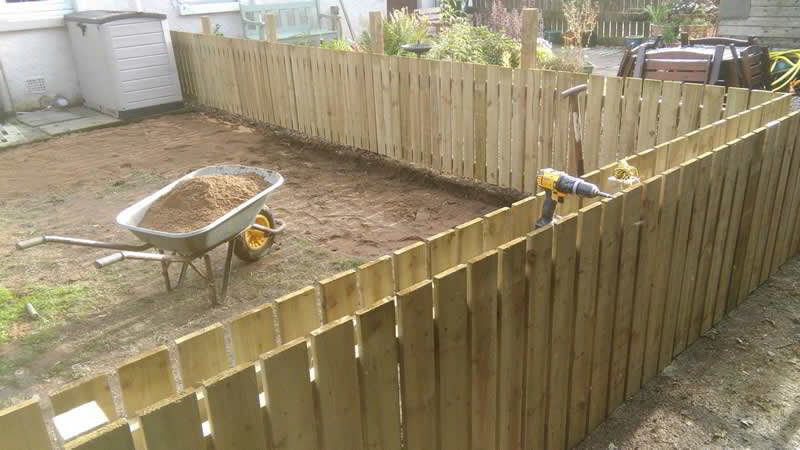Winding up this year and preparing for next

Well Braemar night and all the end of summer events and flower shows are behind us, as the days shorten so we should cheer ourselves up and look ahead to 2017 in the garden. It is to be hoped that you took lots of nice photographs of your and others garden highlights, offering some winter cheer and optimism. We can all rise to the challenge of making our gardens even more attractive next year, whether a novice first time gardener or someone who strives for the holy grail in gardening.
I have written previously offering my approach, while acknowledging that even with a lifetime of gardening I am still learning and I see such fantastic horticulture in my line of work and with the judging that I am privileged to witness throughout Perth & Kinross. We all have different tastes and expectations, although we can all appreciate well grown flowers, vegetables, fruits, shrubs, trees etc. Space, time, expertise, money etc. will determine what you are able to accomplish in the garden, but everyone is capable of something in terms of horticultural achievement.
As I have posted previous articles, I will offer the following suggestions on how you may wish to proceed for next year in the garden:
- Review your efforts from this growing season
- Recall what you saw in other gardens or when out and about
- Make a list of what you like about your garden and what you want to change/improve or add to
- Walk around your garden and make notes and discuss with others (whilst it is good to share thoughts; a garden designed by committee tends to be fraught with problems!
- Sketch your garden areas and include thoughts of what you propose, but bear in mind that this can be on going and shouldn’t be set in stone
- Search online for garden ideas; read plant catalogues and if you see television programmes that stimulate you; make short notes
- Seek advice from good local amateur gardeners, or approach a professional (this will normally cost you, but may be the best money you spend)
Things that probably cannot wait until next year are:
- The removal of summer bedding plants and containers/baskets (compost, or place in the brown recycling bin)
- Raise the cutting height of your lawnmower (this will avoid stressing your grass and hopefully reduce moss)
- Once flowering has passed and your herbaceous plants are on the decline, they should be cut back and also composted
- Evergreen hedges should not be cut too late, as browning will result
- Formative pruning of trees, including fruit trees should be undertaken after leaf fall (plums are best pruned in spring/summer as disease can be an issue, although heavy duty pruning can be done at leaf fall in my opinion)
- Care should be taken with the pruning of flowering shrubs and climbers. Shrubs such as Forsythia that flower on one-year-old wood should be pruned immediately after flowering and therefore should not be pruned now, unless seriously overgrown
- There are many different pruning methods, although many people have overgrown and neglected shrubs and the best strategy is to reduce the height & width and also thin the number of stems
Obviously I should recommend that you consult an expert if you are unsure about how to attack pruning your trees and shrubs, as many would be nervous about mutilating their pride and joy. I should have mentioned earlier that now is also an ideal time to consider any hard landscape features such as:
- Shelter: fences, walls and hedges
- Paving
- Decking, patios
- Ponds
- Rock gardens
- Sheds, greenhouses




